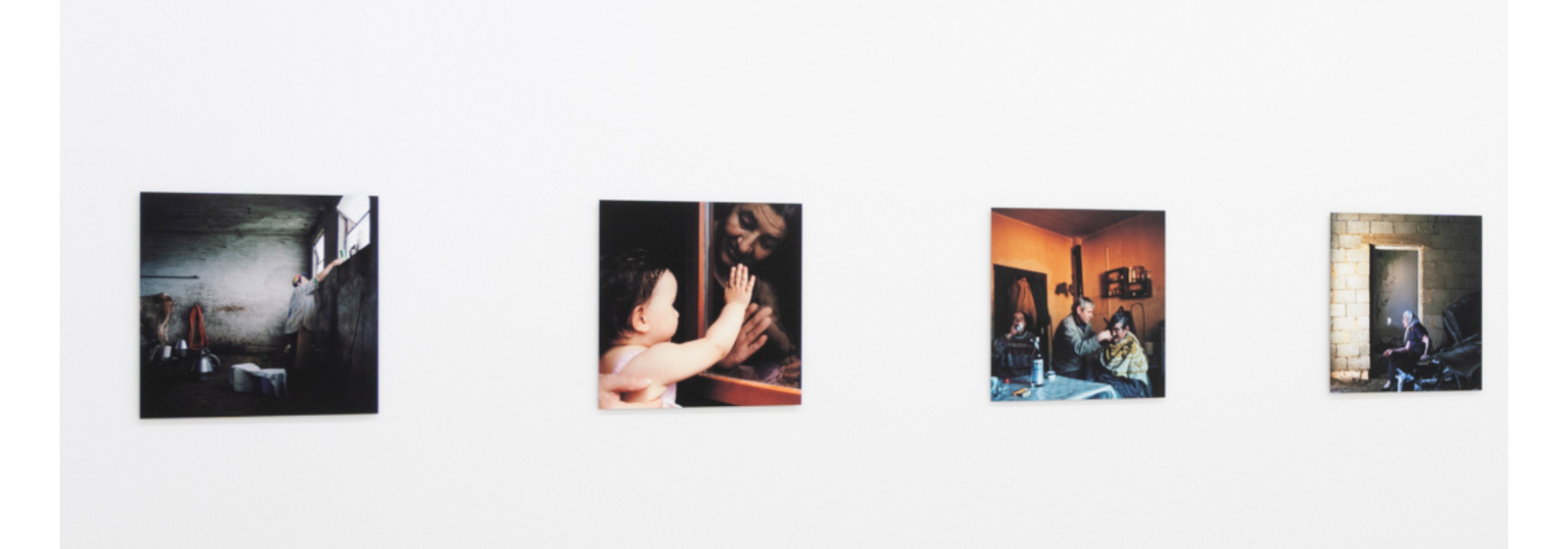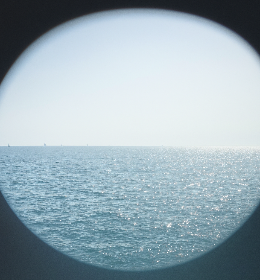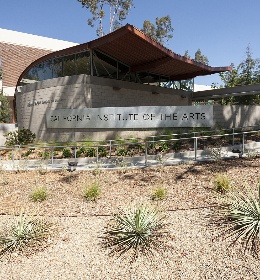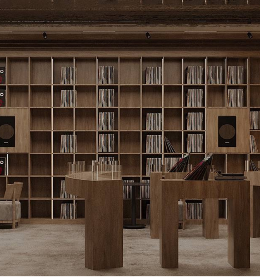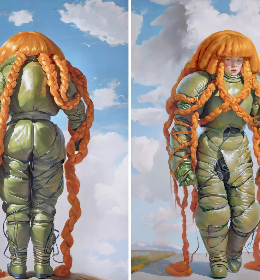This display is part of the Fotografia Europea 2023 festival, which runs until the 11th of June. Born in Ireland in 1983, Prickett has lived in the Middle East since 2009. He is now based in Istanbul, in the midst of all current conflict zones (Balkans, Caucasus, Syrian-Iraqi region, Mediterranean, etc.) For over ten years, he has tirelessly documented conflicts in this part of the world. The photojournalist reminds us that the post-war period is just as destructive as the war itself, because of migratory crises, famine, poverty, instability of countries, and so on.

Slavica Eremic feeds her baby son Nikola while her husband sleeps. Slavica married Serbian Nebojsa when she was nineteen. Nebojsa had returned to Croatia after several years of exile in Serbia only to find his family home inhabited by a Bosnian refugee. The young family now live in Nebojsa's grandmother's house. 2006, Jurga, Croatia Photography from the series “Returning Home – Croatia” Courtesy and © Ivor Prickett
In this exhibition, each room displays a series of photos dedicated to a recent conflict. The first room represents the photographer’s early career, when he documented the daily life of Serb minorities living in Croatia between 2006 and 2008. His first photographs are square and focus on the intimate and confined life in a forcibly displaced home. Despite population migrations, these families are attempting to recreate their space and return to their daily life. Prickett tries to spend as much time as possible with these families, to understand and show the traumatic Balkan war (territorial, ethnic, religious war) that lasted for over a decade and tore the region apart. He explains how at first he was afraid of facing the war and preferred going to areas where the fighting was over. This learning curve led him to get a clearer picture of the reality, by living with families, taking his time, and, in his own words, developing a visual language that he then used.

Tengo Inalishvili's mother makes a spicy paste from dried chillies at the Inlaishvili family home in the village of Rechxi. 2010, Rechxi, Abkhazia Photography from the series “Returning Home – Abkhazia” Courtesy and © Ivor Prickett
Over the next ten years, following the Arab Spring setback in Syria and the attempt to oust Bashar al-Assad from power, a migration crisis emerged, mainly consisting of Syrian refugees. The tragedies of sea crossings forced Prickett, then in Beirut, to broaden his scope. He explains that during this period he became “more and more a photojournalist”, witnessing first-hand the unfolding human dramas rather than testifying in retrospect, as he previously did. Thus, he put aside his photographic film and swapped it for a digital camera, which gave him greater freedom and speed in shooting.

Ivor Prickett Thirty-five-year-old Syrian refugee Susan from Aleppo collapses from seasickness and fatigue after crossing the Aegean from Turkey to Lesbos with her husband and three children. 2015, Lesvos, Greece Photography from the series “Seeking Shelter. Part II – West” Courtesy and © Ivor Prickett
The fall of the Mosul caliphate in 2017 left the country torn apart, in ruins and emptied of its population (it is estimated that over 40,000 civilians died during the bombings to liberate the region). Prickett started collaborating with the New York Times but worked by himself and wrote his reports alone.

Ivor Prickett Mohammed Haj Ali is busy in the run-up to the Muslim holiday of Eid, cutting the hair of some of the few residents who had returned to his neighbourhood in Raqqa. 2018, Raqqa, Syria Photography from the series “End of the Caliphate” Courtesy and © Ivor Prickett
The final series is dedicated to the war in Ukraine, which began in 2014 and took an even more tragic turn last year with the invasion of the country by Russia, with the intention to annex the territory.
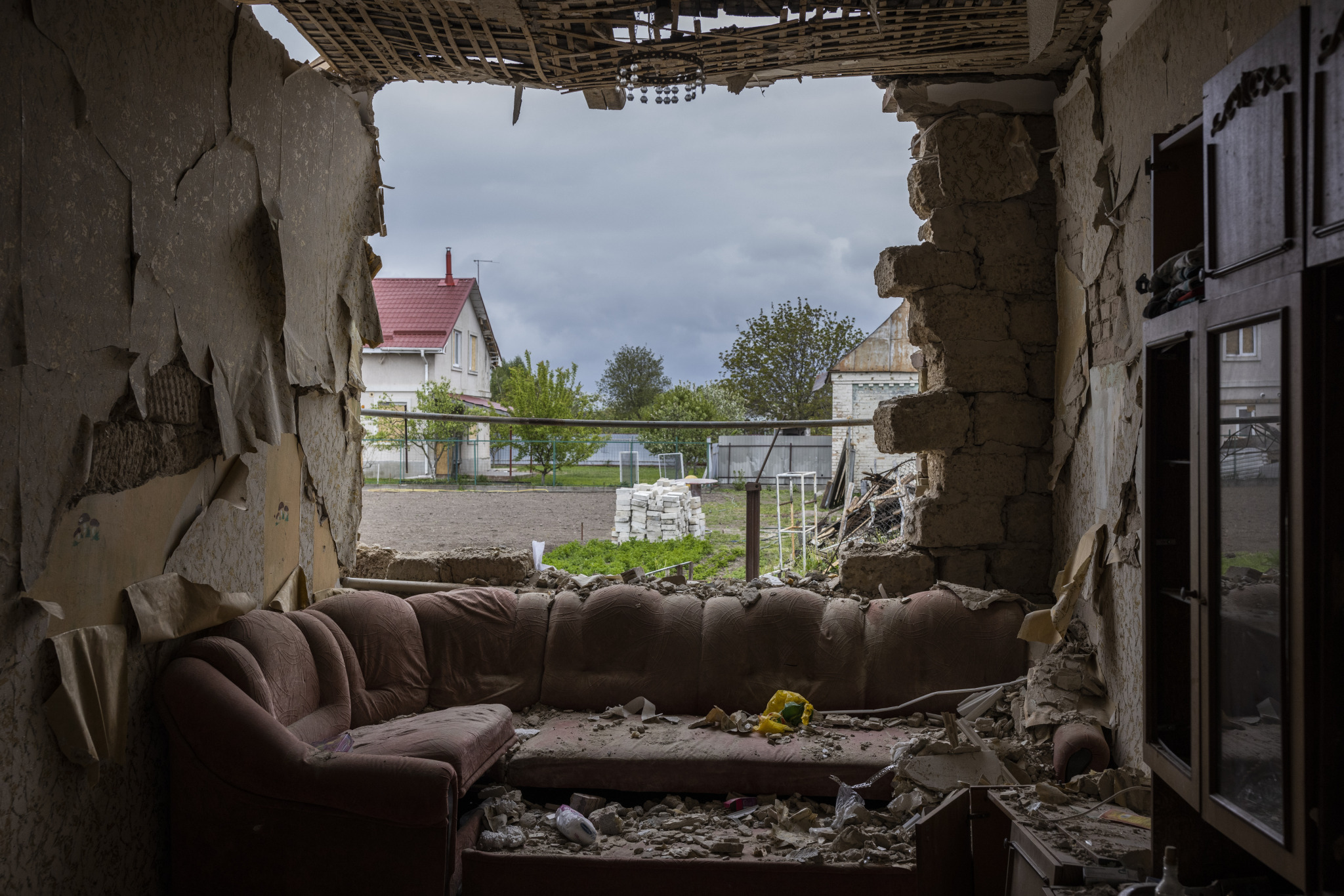
Ivor Prickett Oleksandr Kornienko's family home, in the village of Velyka Dymerka just north of Brovary, was destroyed in a rocket attack in early March. 2022, Velyka Dymerka, Ukraine Photography from the series “Fighting to Exist” Courtesy and © Ivor Prickett
The exhibition reminds us that wars are associated with present times, conflicts are no longer located in a specific geographical area but reverberate throughout Europe. In the era of globalisation, social network, and 24-hour news (which emerged with the Gulf War in 1990-1991), Prickett shows and reminds us, in this powerful exhibition at the Collezione Maramotti, of the reality of death and human tragedies.
Ivor Prickett, “No Home from War: Tales of Survival and Loss”,
30th of April - 30th of July 2023
Maramotti Collection, Reggio Emilia




